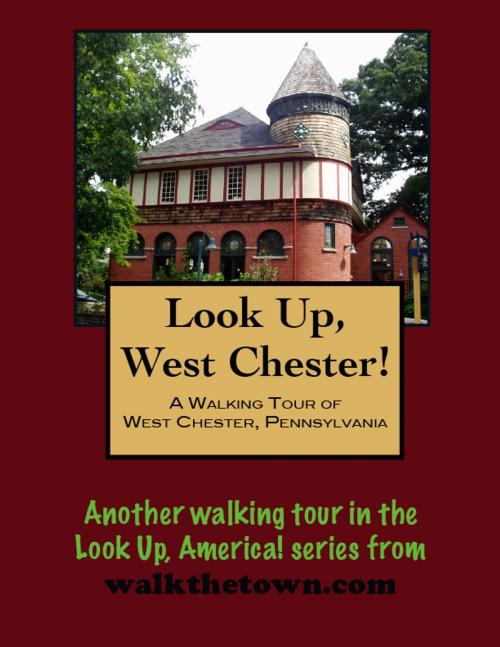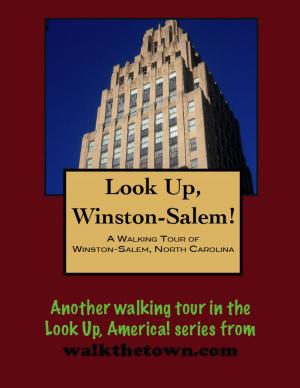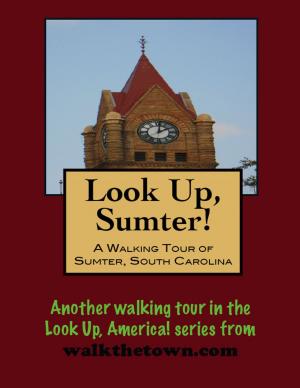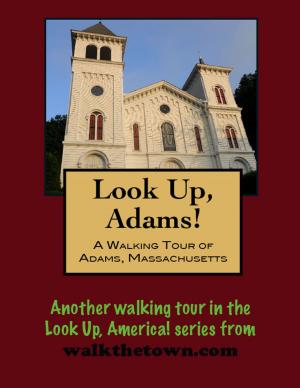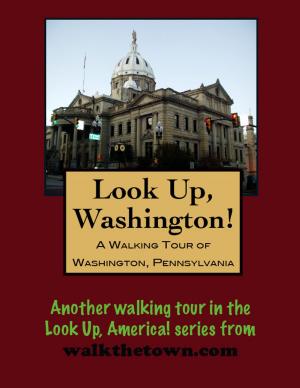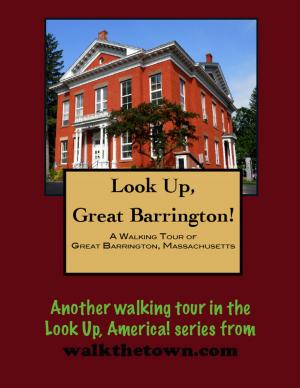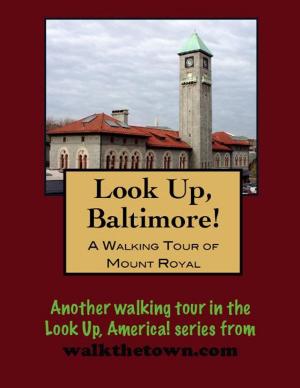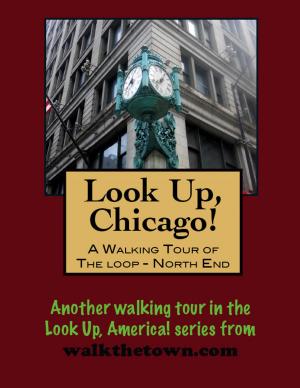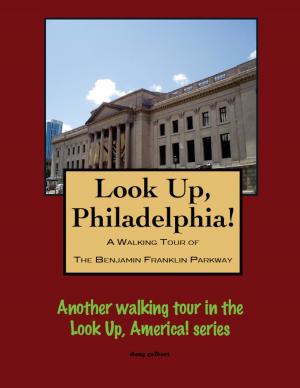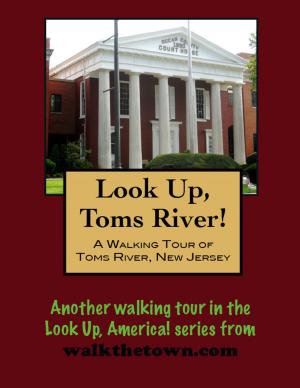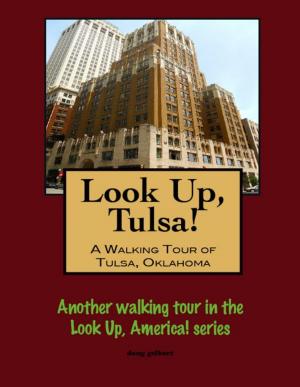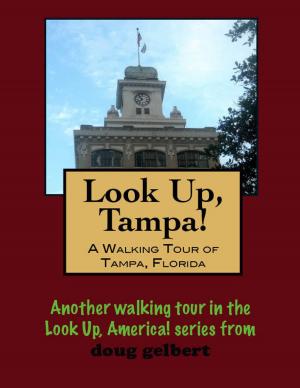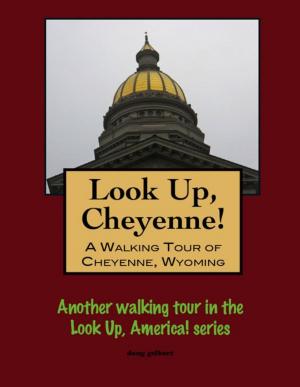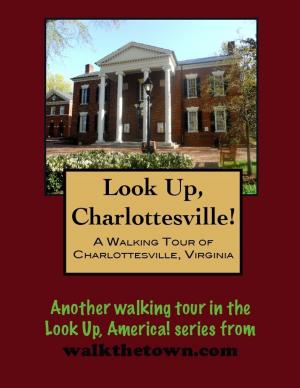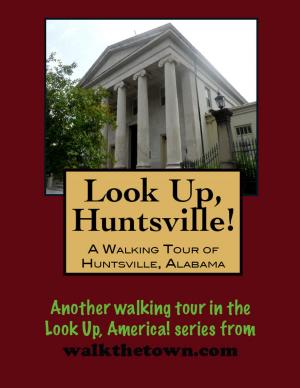| Author: | Doug Gelbert | ISBN: | 9781458067258 |
| Publisher: | Doug Gelbert | Publication: | February 12, 2011 |
| Imprint: | Smashwords Edition | Language: | English |
| Author: | Doug Gelbert |
| ISBN: | 9781458067258 |
| Publisher: | Doug Gelbert |
| Publication: | February 12, 2011 |
| Imprint: | Smashwords Edition |
| Language: | English |
There is no better way to see America than on foot. And there is no better way to appreciate what you are looking at than with a walking tour. Whether you are preparing for a road trip or just out to look at your own town in a new way, a downloadable walking tour is ready to explore when you are.
Each walking tour describes historical and architectural landmarks and provides pictures to help out when those pesky street addresses are missing. Every tour also includes a quick primer on identifying architectural styles seen on American streets.
West Chester grew up at the intersection of two Colonial wagon roads, one that went from Philadelphia to Lancaster and one that went from Wilmington to Reading. The crossroads was roughly a day’s ride for teamsters from each of the four cities and was an ideal location for a tavern. That tavern appeared in the 1760s and became known as Turk’s Head Tavern.
By the 1780s the name “West Chester” was being used by petitioners trying to pry the Chester County seat off the Delaware River at Chester where it had been since since the county’s creation in 1720 as Pennsylvania’s first jurisdiction outside Philadelphia. In 1788 West Chester became that more centrally located seat and was incorporated as a borough in 1799.
But there was no industry here, no water to power it, no marketplace. For the better part of 50 years there was no development beyond shouting distance of the little courthouse. The first to take a gamble on West chester was William Everhart who set up shop on Gay Street in 1824 to sell ceramics imported from England. Everhart’s reputation was made when he survived a shipwreck off the Irish coast, losing $10,000 in the tragedy. Afterwards he declined to accept any of the money found in the wreckage because he couldn’t vouch that it was his.
In 1829 Everhart paid $16,000 for 102 acres of farmland on the western edge of town. Confounding skeptics who had witnessed no growth in West chester for decades, he divvied the land up into building lots and listed them for sale. On the very first day he sold fifty lots and recouped his original investment. He would continue to hold land auctions into the 1840s and built over 100 brick homes on his lots along the streets he laid out and named after his friends - Miner, Barnard, Darlington, Wayne.
Like its fellow suburban county seats Doylestown and Media, West Chester never became an industrial town despite its new residential appeal. It developed as the governmental, legal, cultural and commercial focal point of its county. Much of the downtown remains intact and the entire district is listed on the National Register of Historic Places.
In 2001 an exuberant Philadelphia Inquirer article declared West Chester “the perfect town” and borough promoters have taken the compliment and run with it. Our walking tour to see for ourselves will begin, appropriately enough, at the highest point in town...
There is no better way to see America than on foot. And there is no better way to appreciate what you are looking at than with a walking tour. Whether you are preparing for a road trip or just out to look at your own town in a new way, a downloadable walking tour is ready to explore when you are.
Each walking tour describes historical and architectural landmarks and provides pictures to help out when those pesky street addresses are missing. Every tour also includes a quick primer on identifying architectural styles seen on American streets.
West Chester grew up at the intersection of two Colonial wagon roads, one that went from Philadelphia to Lancaster and one that went from Wilmington to Reading. The crossroads was roughly a day’s ride for teamsters from each of the four cities and was an ideal location for a tavern. That tavern appeared in the 1760s and became known as Turk’s Head Tavern.
By the 1780s the name “West Chester” was being used by petitioners trying to pry the Chester County seat off the Delaware River at Chester where it had been since since the county’s creation in 1720 as Pennsylvania’s first jurisdiction outside Philadelphia. In 1788 West Chester became that more centrally located seat and was incorporated as a borough in 1799.
But there was no industry here, no water to power it, no marketplace. For the better part of 50 years there was no development beyond shouting distance of the little courthouse. The first to take a gamble on West chester was William Everhart who set up shop on Gay Street in 1824 to sell ceramics imported from England. Everhart’s reputation was made when he survived a shipwreck off the Irish coast, losing $10,000 in the tragedy. Afterwards he declined to accept any of the money found in the wreckage because he couldn’t vouch that it was his.
In 1829 Everhart paid $16,000 for 102 acres of farmland on the western edge of town. Confounding skeptics who had witnessed no growth in West chester for decades, he divvied the land up into building lots and listed them for sale. On the very first day he sold fifty lots and recouped his original investment. He would continue to hold land auctions into the 1840s and built over 100 brick homes on his lots along the streets he laid out and named after his friends - Miner, Barnard, Darlington, Wayne.
Like its fellow suburban county seats Doylestown and Media, West Chester never became an industrial town despite its new residential appeal. It developed as the governmental, legal, cultural and commercial focal point of its county. Much of the downtown remains intact and the entire district is listed on the National Register of Historic Places.
In 2001 an exuberant Philadelphia Inquirer article declared West Chester “the perfect town” and borough promoters have taken the compliment and run with it. Our walking tour to see for ourselves will begin, appropriately enough, at the highest point in town...
